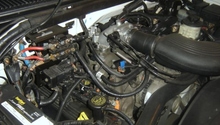Ford F-150: Common Problems
This article explores common component problems for your Ford F-150 and provides possible solutions.
This article applies to the Ford F-150 (2004-2014).
Like any automobile or truck, the Ford F-150 encounters common mechanical problems an owner with basic information can detect, fix, or seek expert help if it's complex. Below are some of the most common problems you may face as a Ford truck owner:
Ignition Coil Failure
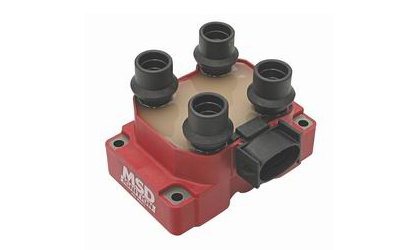
Ignition coil failure is caused by excessive spark plug gap. This increases premature wear resulting in a shorter coil lifespan and a misfiring engine. The excessive spark plug gap is due to normal erosion. Applying dielectric grease on plugs increases their longevity ensuring the rubber seal is not worn out and stops water damage. Seasoned auto owners advise novices to follow the TSB plug removal to avoid multiple engine problems. Better still, have them replaced by a skilled mechanic to avoid secondary mechanical problems. The spark plugs replacement may cost you from $70 to $250.
Passenger side head gasket leak
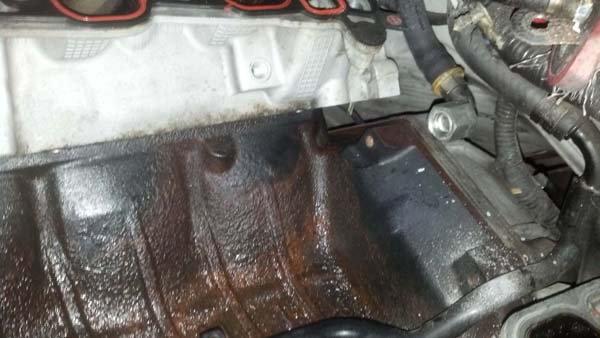
A passenger side head gasket that leaks oil onto starter can be caused by a poorly assembled head gasket, hence leaving small metal chips on the head. The chips compromise the head gasket sealing causing the leaks. Experts cite overfilling, overheating even from piston scuff test, and gasket coating erosion as other causes of the leaks. Leaks are detected by the burnt oil smell produced. Most Ford F-150 owners pinpoint the leaks start when the vehicle rakes in 160,000 miles. Basic solutions to the leak are applying the JB Weld bond which costs less than $100 on the seam leaking after cleaning the back side of the head or re-torqueing the head bolts. This is cheaper than replacing the head gasket which may cost anywhere from $700 to $3,500.
Spark plug ejection
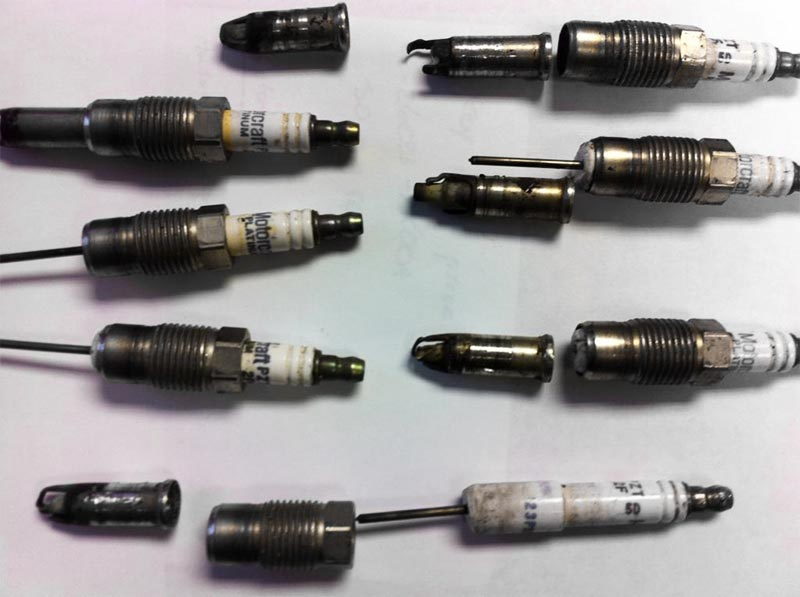
Spark plug ejection is caused by poorly designed plugs and cylinder heads. It occurs mostly on 2 valve engines, or on vehicles with over 100,000 miles raked. Ejection from the cylinder head results in damaged threads in the spark plug hole and can cause engine fires. If the vehicle has warranty cylinder head replacement is advised if not, Ford allows usage of specific thread insert to repair the head. Mechanics advocate for fixing ejection issues with a $50 Helicoil kit fixed on the damaged threads with loctite adhesive. However, it’s not a long term solution since future blows ups could be worse. Replacing the cylinder head is a safer but costly option likely to set you back for between $700 to $3,500.
Engine oil pan gasket leak
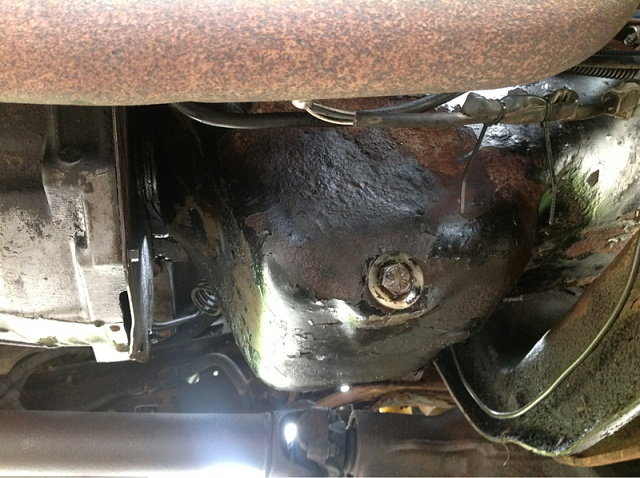
Engine oil pan gasket leak results in the engine oil accumulating in the Ford F-150 exhaust system. It’s detected if there is smell of burning oil. Replacement of the pan gasket is easier and recommended than mending. It can be done at home by lifting the vehicle, removing the old pan with a screwdriver, and installing the new one. Getting a new oil pan gasket may cost $170 and takes 6 hours to replace. Some owners of Ford F-150 point to loose bolts as causes for leaks and recommend regular tightening.
Rough running engine
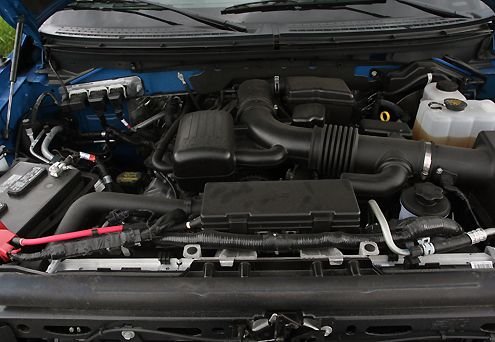
An engine that is running rough when idling can be caused by the Exhaust Gas Recirculation (EGR) sensors sticking due to carbon build up. Auto experts advise for sensors to be replaced when they rake in over 100,000 miles. At that stage their switching slows down due to wear, which results in the Ford F150 engine being unbalanced. A clogged mass airflow (MAF) sensor could indicate its hot wire is dirty, which causes the engine to run rough when idle. Cleaning the sensor is an option, but replacing the MAF sensor offers better results according to mechanical experts. EGR valve replacements can cost around $181.
Questions and Answers
Why isn't my power window working?
This problem could be caused by a faulty ground connection system below the dash board, indicating the windows and locks are disconnected from it. It can be caused by a blown fuse on the driver’s side where the main window and locks controls are. Low voltage may also cause the locks to fail; a tester needs to show 12.5 to 13.5 volts for the windows and locks to work. As a safety precaution, avoid holding down for long the lock/unlock buttons to avoid blowing up the actuator motor.
The possible cause of this problem could be the actuator motor that moves the window locks it can get clogged by lots of carbon build up. That affects the locks movement, but the solution would be to open it up and clean it up. The motor could also be worn out that it can’t work and needs replacement.
(Related Article: Why is My Power Window Not Working? - Ford-trucks.com)
Why do I smell fuel when stopped?
Smelling fuel when the vehicle is stopped could be an indicator of a leaking oil pan gasket that needs replacement. Severe carbon build up in the engine also causes this problem. A thorough engine clean up with seafoam or BG44 can help stop the problem. This helps dissolve old oily residues that at times choke the engine.
(Related Article: How to Replace Oil Pan and Gasket - Ford-Trucks.com)
Does the computer need programming when adding factory cruise?
There are various aftermarket cruise control systems that can be programmed into the Ford F-150. The new settings are done on the backside of the steering wheel after it’s removed and then computer updates are performed. Various cruise kits cost from $150 to around $300. A vehicle owner can take the Ford 1-50 to the dealership to have the factory cruise added.
Why is coolant getting into cylinders 1 and 3 is it manifold?
This problem can be caused by a cracked engine block causing water to leak into combustion chamber, cylinders and oil pan. This could indicate a lower intake manifold. To check it, drain the oil and look for signs of contamination by the coolant. Any coolant like water turns the oil into milky brown if excess and tastes sweet. One solution can be tightening all intake bolts with a torque wrench. If the leak is persistent it’s better to change the gaskets and hose clamps.
(Related Article: How to Change Your Oil - Ford-trucks.com)
Related Discussion
- Common Problems - Ford-trucks.com





